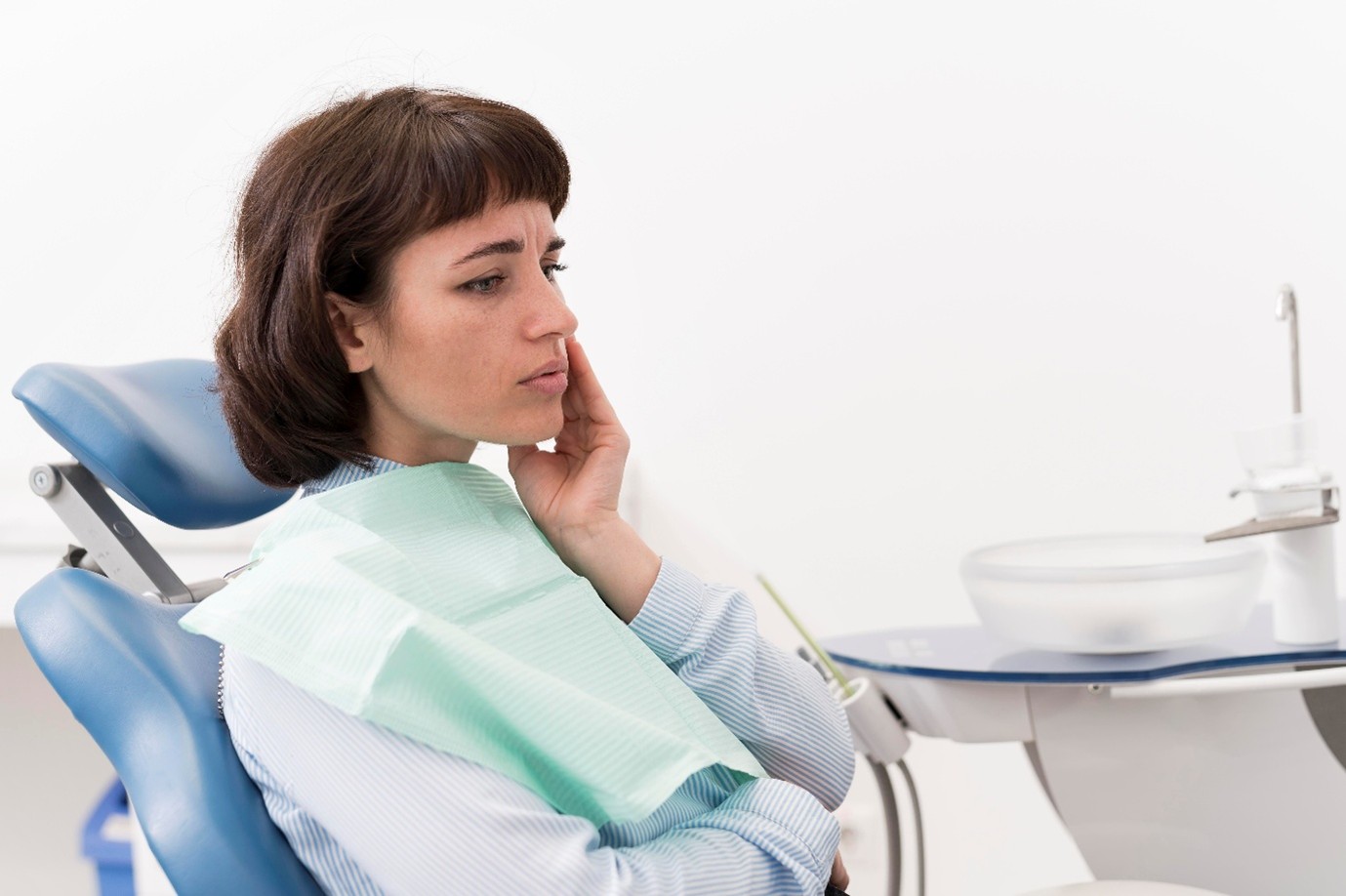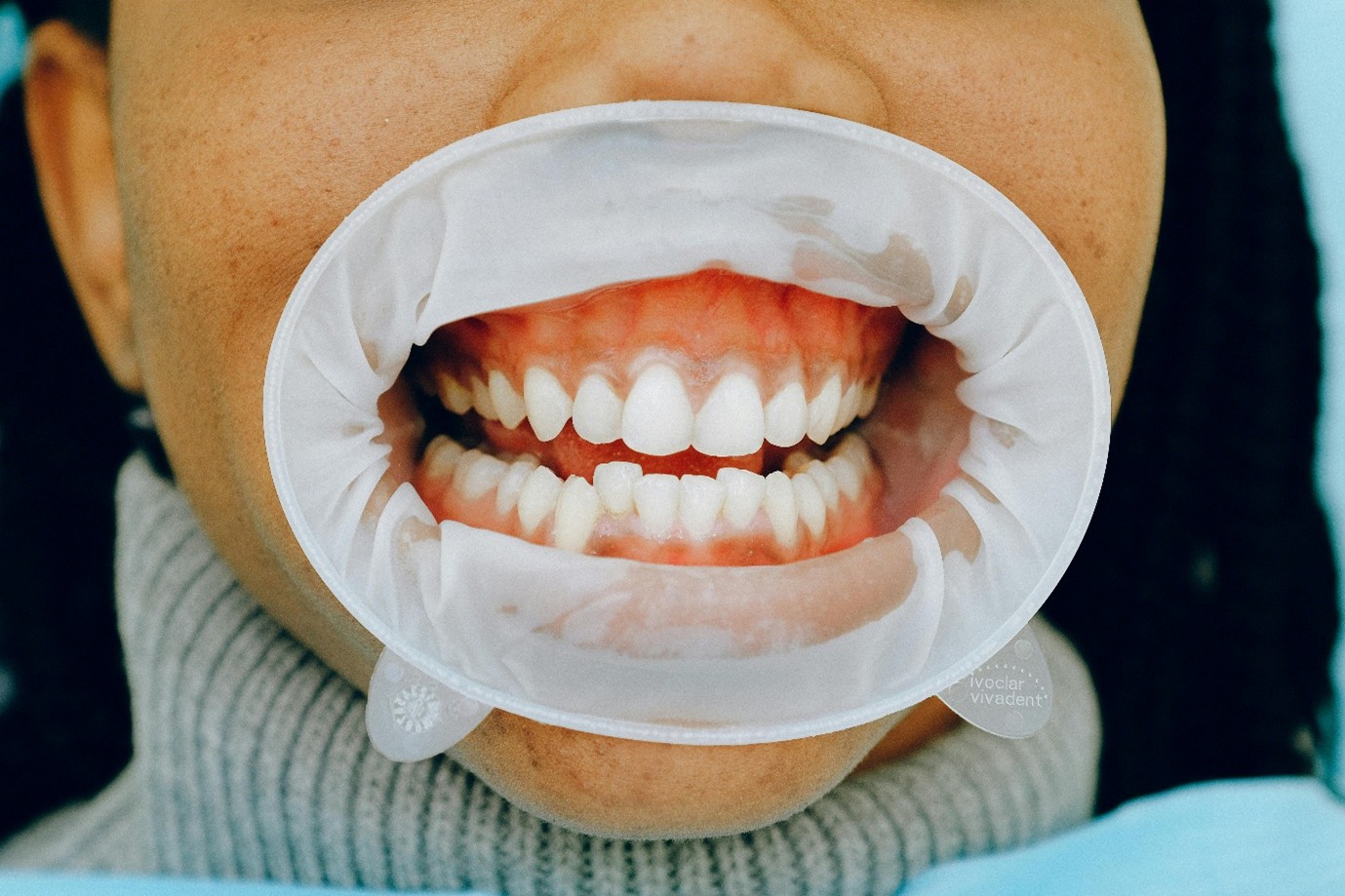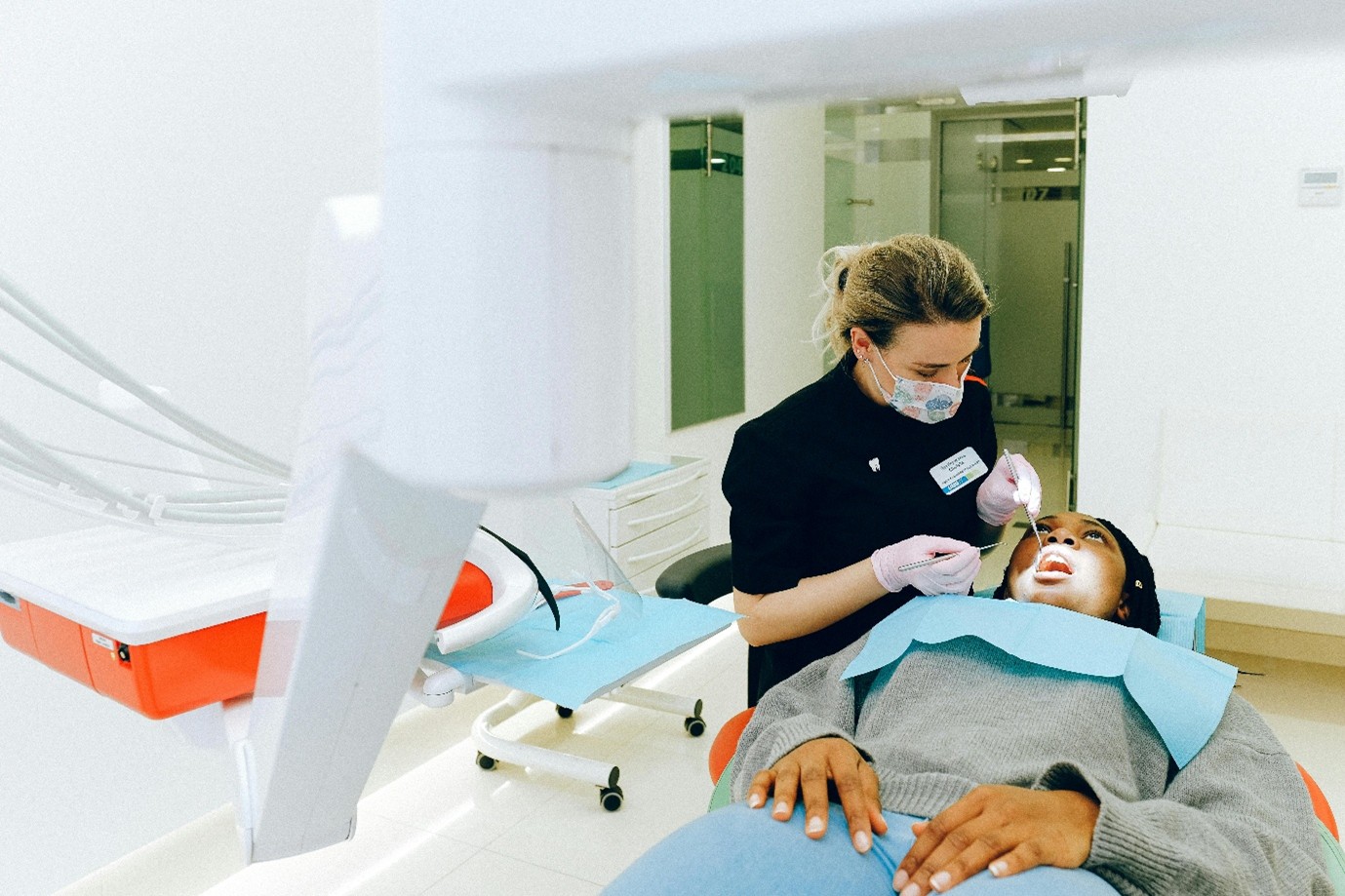Can Dental Prophylaxis Help with Bad Breath?
Bad breath—medically known as halitosis—is more than just an embarrassing problem. It can affect your confidence, relationships, and even your professional life. While breath fresheners and mouthwashes offer temporary relief, they often fail to address the root cause. So, what’s the solution for long-lasting freshness? One highly effective method is dental prophylaxis, a professional cleaning procedure performed by a dental hygienist or dentist.
This blog will explore how dental prophylaxis works, why it's essential for oral health, and—most importantly—how it can help eliminate bad breath for good.


Understanding the Causes of Bad Breath
Before we dive into how dental prophylaxis helps, it’s important to understand what causes bad breath in the first place. Most cases stem from poor oral hygiene, which allows food particles, bacteria, and plaque to accumulate in the mouth.
Here are the most common culprits:
- Bacteria buildup on the tongue and gums
- Trapped food particles between teeth
- Plaque and tartar accumulation
- Gum disease (gingivitis or periodontitis)
- Dry mouth (xerostomia)
- Tooth decay
- Smoking and certain foods
These factors create an environment where sulfur-producing bacteria thrive, leading to unpleasant odors that don’t go away with regular brushing or mouthwash.
What Is Dental Prophylaxis?
Dental prophylaxis is a preventive dental procedure that involves the thorough cleaning of teeth and gums. It is usually recommended every six months or as advised by your dentist, depending on your oral health needs.
During a prophylaxis appointment, a dental hygienist typically performs the following:
- Scaling to remove plaque and tartar from teeth surfaces and beneath the gumline
- Polishing to remove surface stains and smoothen enamel
- Flossing to clean between teeth
- Rinsing and fluoride treatment (optional)
The goal is not only to keep your teeth clean but also to prevent serious dental problems like cavities and gum disease—both of which can contribute to halitosis.
How Dental Prophylaxis Helps Combat Bad Breath
So, how exactly does a professional dental cleaning help tackle bad breath?
Eliminates Plaque and Tartar Buildup
Plaque is a sticky, bacteria-filled film that forms on your teeth. If not removed, it hardens into tartar, which can only be removed by a dental professional. Tartar harbors bacteria that produce volatile sulfur compounds (VSCs)—the main source of foul odors in the mouth.
Dental prophylaxis thoroughly removes plaque and tartar, disrupting the bacteria colony that causes bad breath.
Treats and Prevents Gum Disease
Gum disease is a major contributor to chronic bad breath. When bacteria infect the gums, they cause inflammation, bleeding, and tissue breakdown—all of which release an unpleasant odor. Worse, periodontal pockets form, trapping even more bacteria and food debris.
Regular dental cleanings help reverse early-stage gum disease (gingivitis) and prevent it from progressing to periodontitis, effectively curbing halitosis at the source.
Cleans Hard-to-Reach Areas
Even with daily brushing and flossing, there are areas of the mouth that are simply difficult to reach. Prophylaxis uses specialized tools to access and clean these spots—particularly below the gumline and between back teeth—eliminating odor-causing bacteria that your toothbrush might miss.
Freshens the Mouth Instantly
Post-cleaning, your mouth immediately feels fresh and clean. The polishing process smoothens the tooth surfaces, making it harder for new plaque to accumulate. The result? A longer-lasting feeling of cleanliness and fresher breath.
Encourages Better Oral Habits
Professional cleanings often come with advice and motivation to improve at-home oral hygiene. When you see and feel the results of a clean mouth, you’re more likely to keep up with daily brushing, flossing, and tongue cleaning—all of which are crucial to preventing bad breath.
The Tongue: A Hidden Culprit
One commonly overlooked cause of bad breath is the tongue. Its rough surface makes it the perfect hiding place for bacteria and food debris. During dental prophylaxis, hygienists often clean the tongue or recommend a tongue scraper for home use.
Addressing the tongue is a game-changer for many people who struggle with halitosis despite having healthy teeth and gums.
The Role of Dry Mouth in Halitosis
Saliva plays a crucial role in washing away food particles and neutralizing acids. When your mouth is dry—due to medications, dehydration, or mouth breathing—bacteria can flourish unchecked.
During your prophylaxis visit, your dentist can identify signs of dry mouth and recommend:
- Staying hydrated
- Using saliva substitutes or mouth rinses
- Chewing sugar-free gum to stimulate saliva flow
Treating dry mouth not only improves comfort but also significantly reduces bad breath.
How Often Should You Get Dental Prophylaxis?
For most people, a dental cleaning every six months is sufficient. However, those with gum disease, chronic bad breath, or other oral health concerns may need cleanings every 3–4 months.
The key is to listen to your dentist’s recommendation and not skip your appointments. Bad breath can develop gradually, and by the time you notice it, plaque and bacteria may already be out of control.
Home Care Tips to Maximize Results
Dental prophylaxis is highly effective, but what you do at home matters too. Here are some tips to maintain fresh breath between appointments:
- Brush twice daily with fluoride toothpaste
- Floss daily to remove food particles between teeth
- Use a tongue scraper or brush your tongue
- Drink plenty of water to stay hydrated
- Avoid smoking and limit odor-causing foods
- Chew sugar-free gum to boost saliva flow
- Replace your toothbrush every 3 months
Consistency in your oral care routine will help you maintain the fresh breath you enjoy after a dental cleaning.
When Bad Breath Might Signal Something More Serious
While dental prophylaxis resolves the majority of halitosis cases, persistent bad breath can sometimes be a sign of a deeper issue, such as:
- Infections in the mouth, throat, or sinuses
- Tonsil stones
- Gastrointestinal problems like reflux
- Systemic conditions like diabetes or liver disease
If you’ve had a recent dental cleaning and your breath is still problematic, it’s worth consulting a medical professional to rule out other health concerns.
Final Thoughts: Confidence Starts with a Fresh Smile
Bad breath doesn’t have to be a lingering issue that chips away at your confidence. With professional dental prophylaxis, you can take control of your oral health and enjoy the confidence of fresh, clean breath.
Not only does it enhance your overall hygiene, but it also gives you a reason to smile—knowing that you’re doing what’s best for your health and self-image.
So the next time you schedule your dental cleaning, remember: you're not just polishing your teeth—you’re also polishing your presence.

